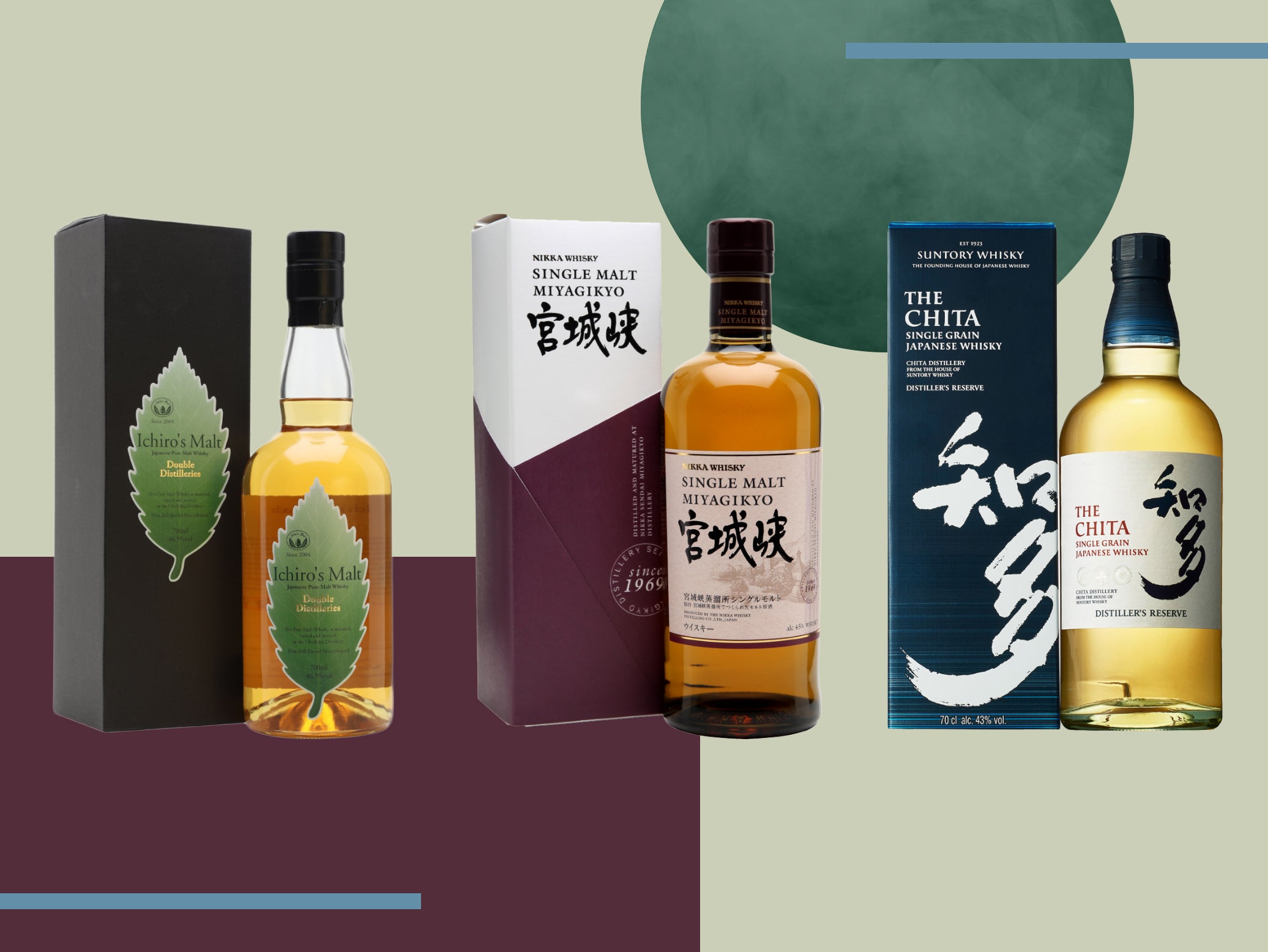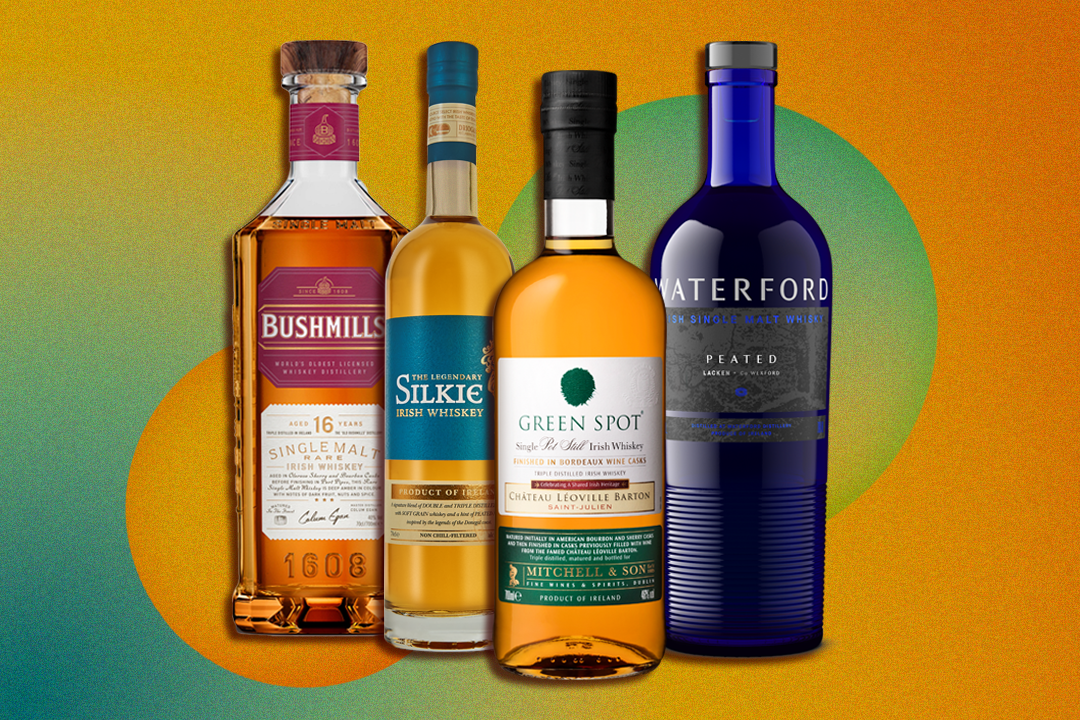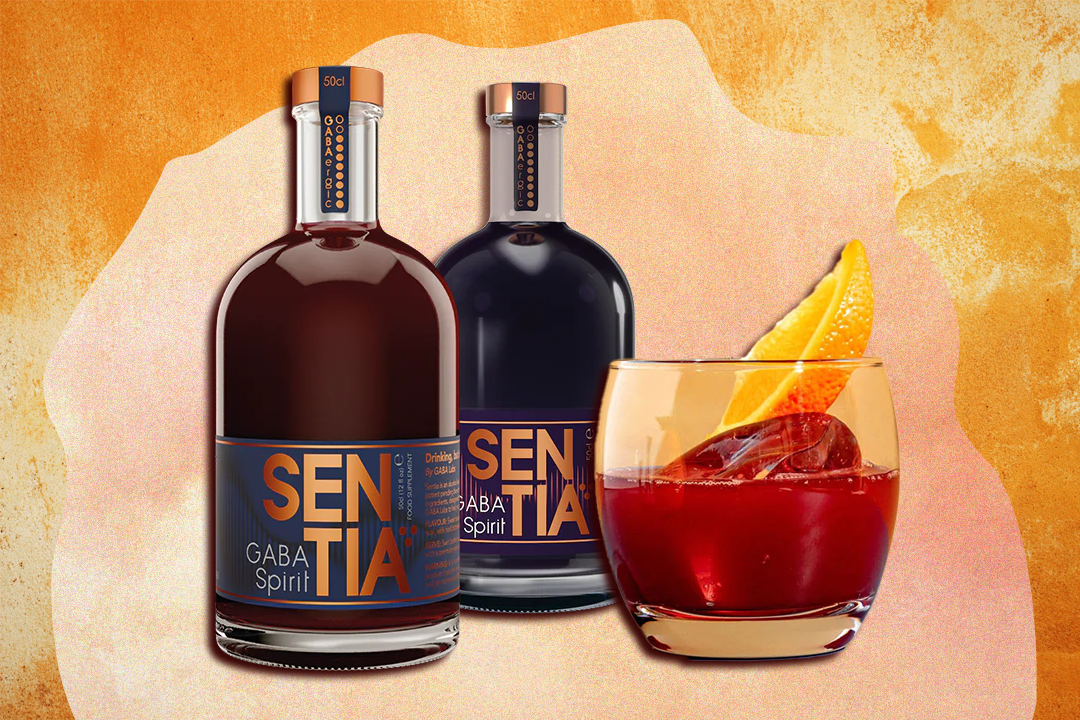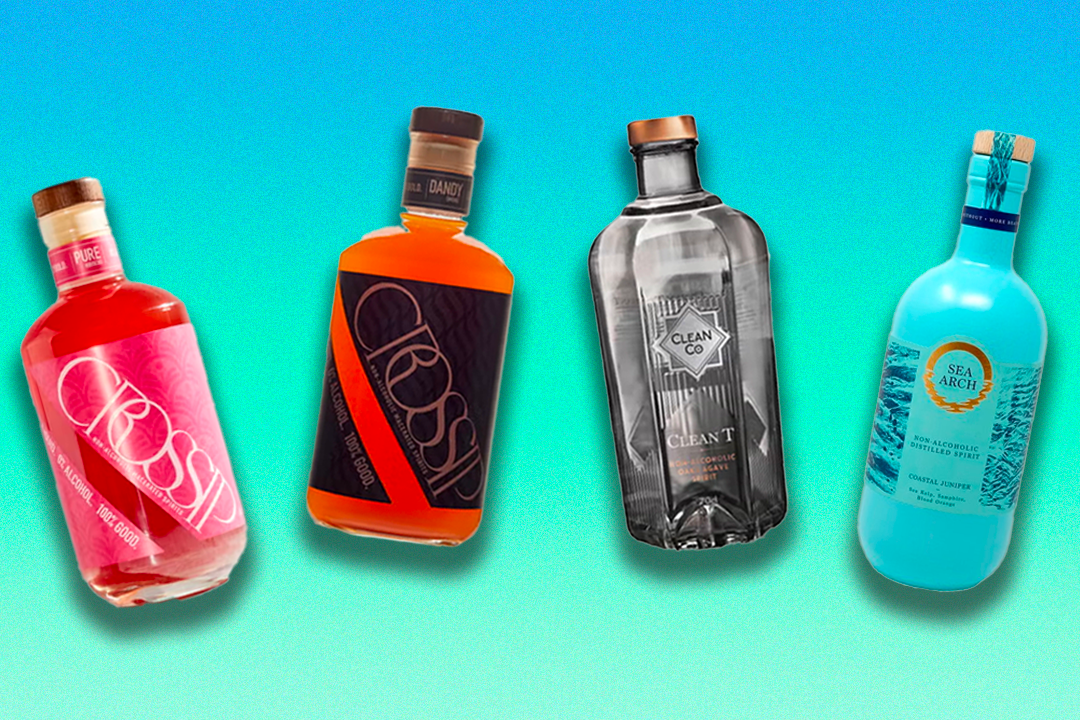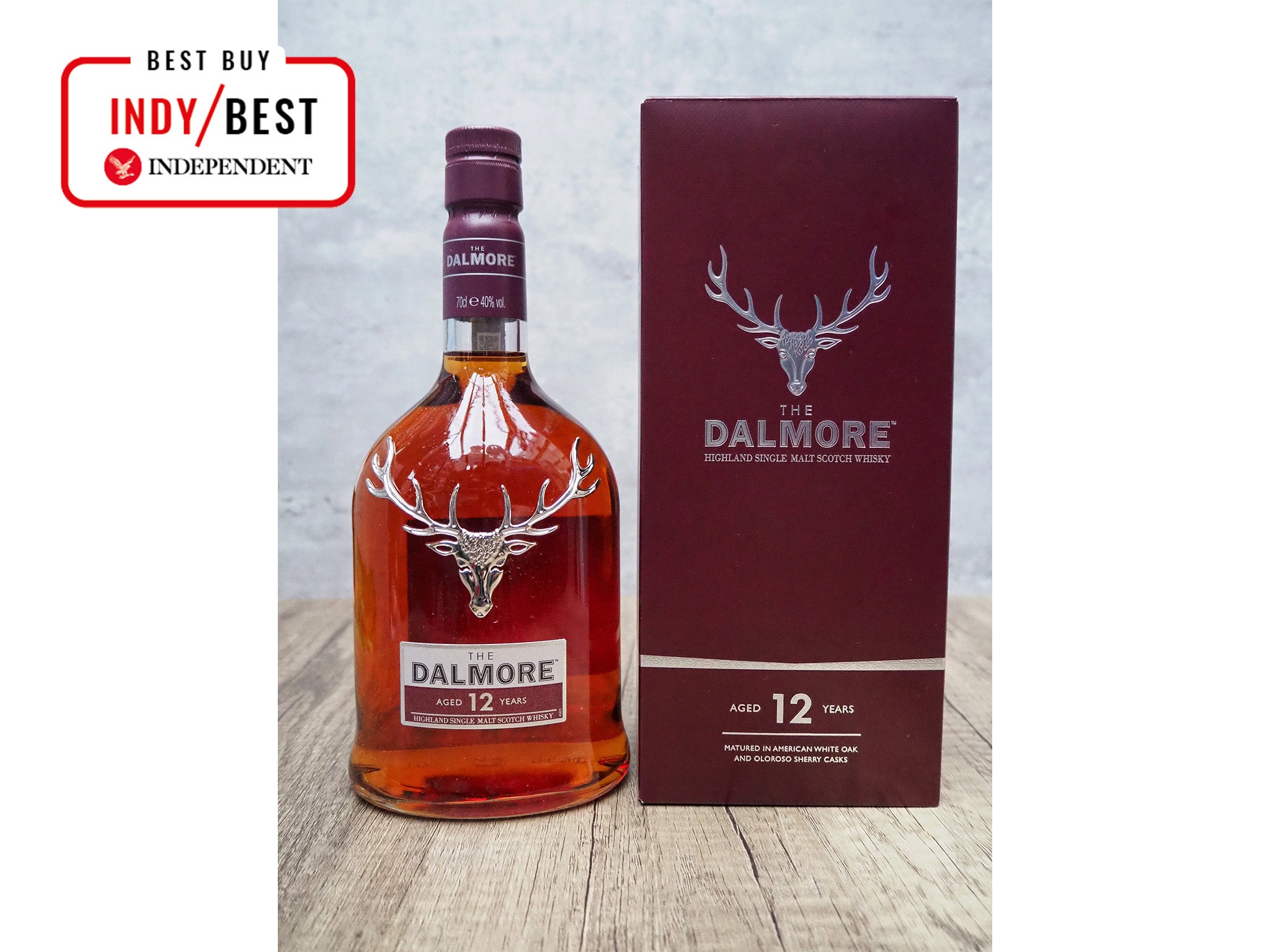
The Independent's journalism is supported by our readers. When you purchase through links on our site, we may earn commission. Why trust us?
10 best Scottish single malt whiskies to bless your home bar, tried and tested neat
From rich and full-bodied to fruity and sweet, wet your whistle with Scotland’s finest
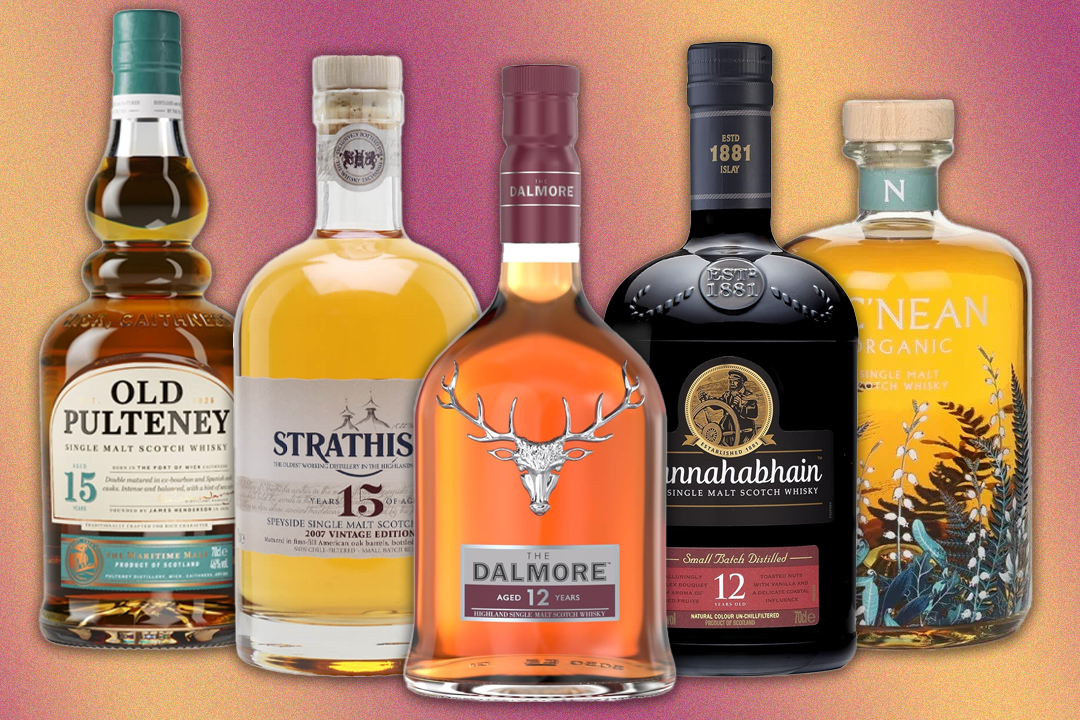

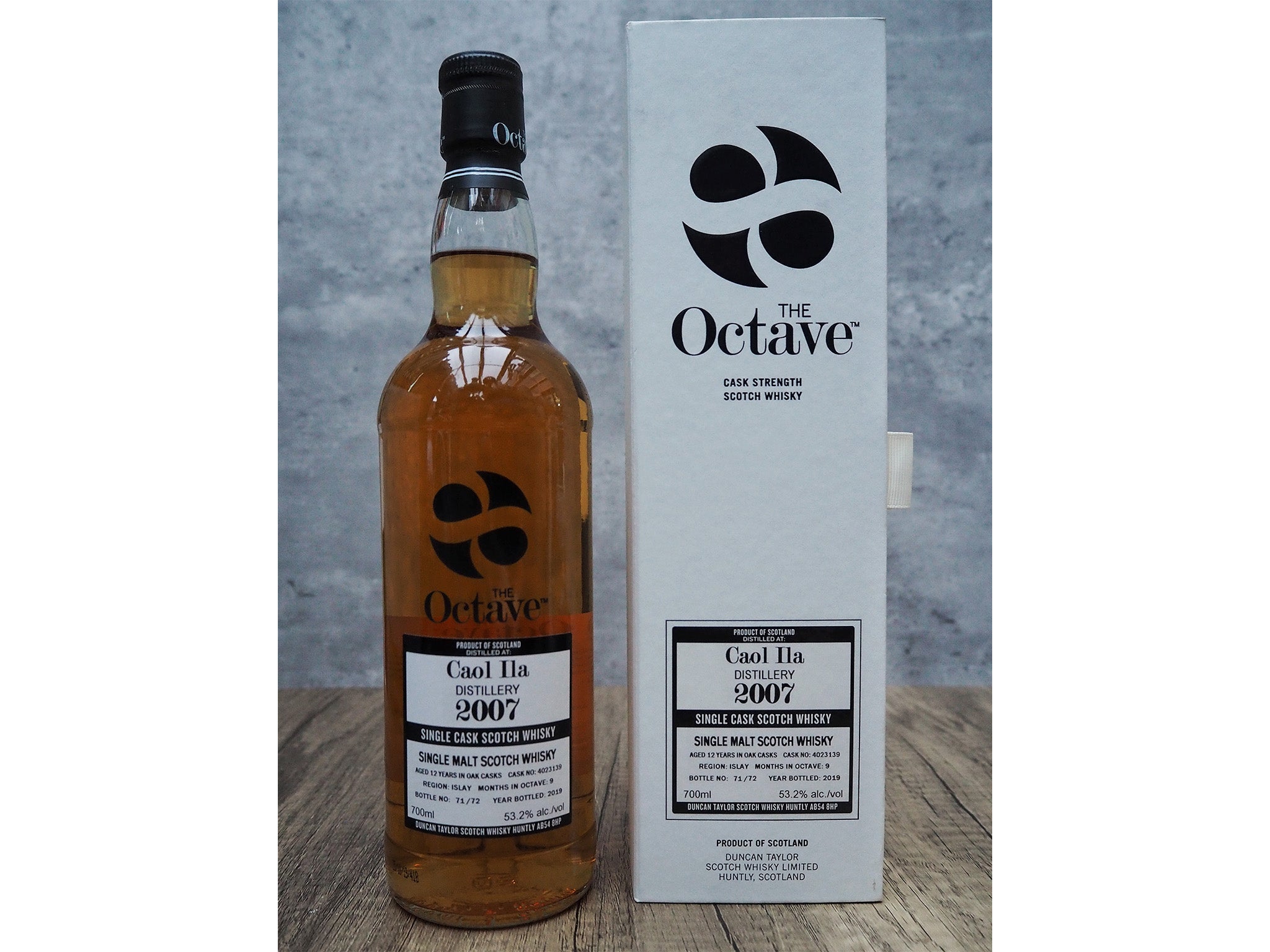

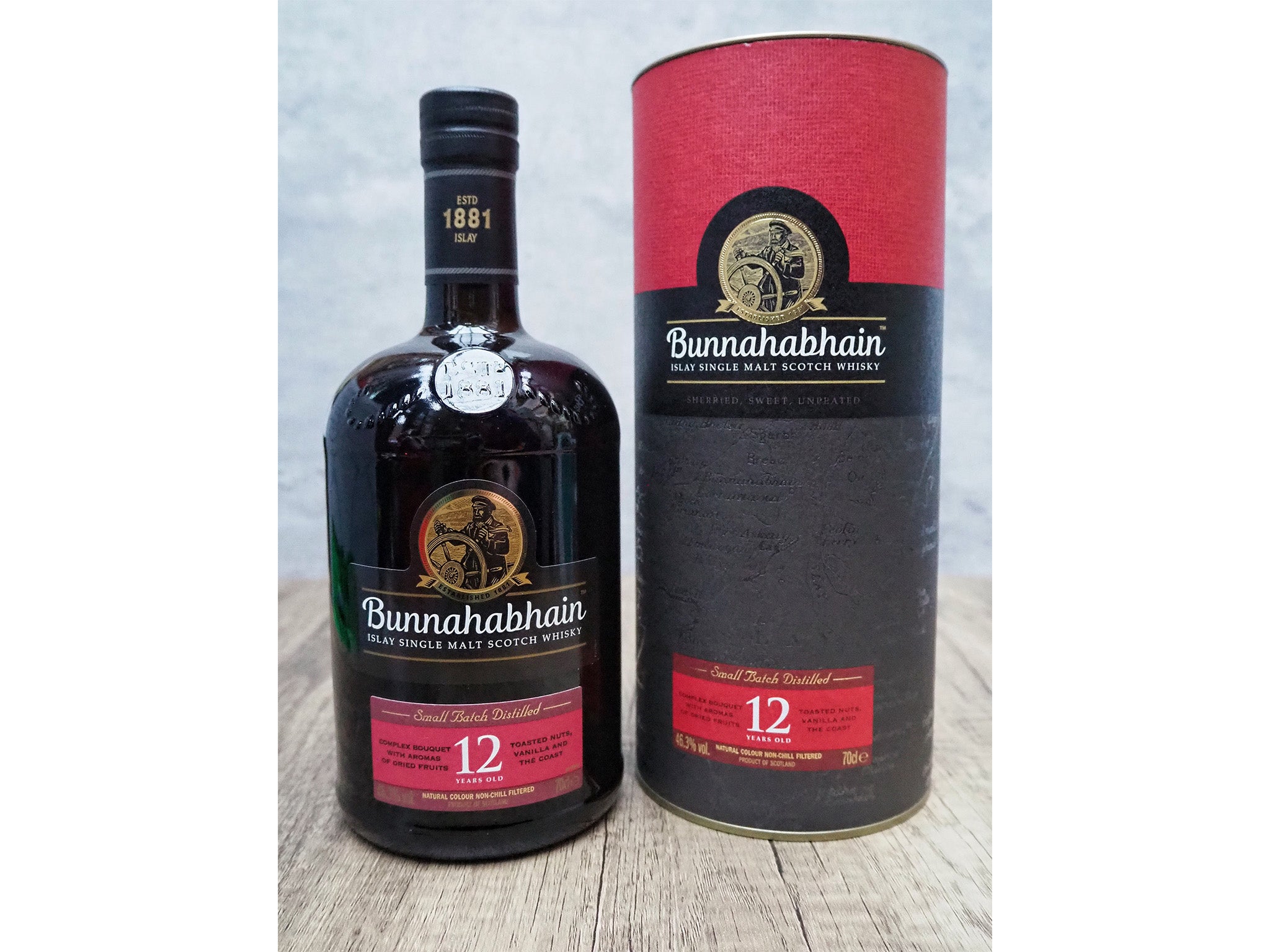
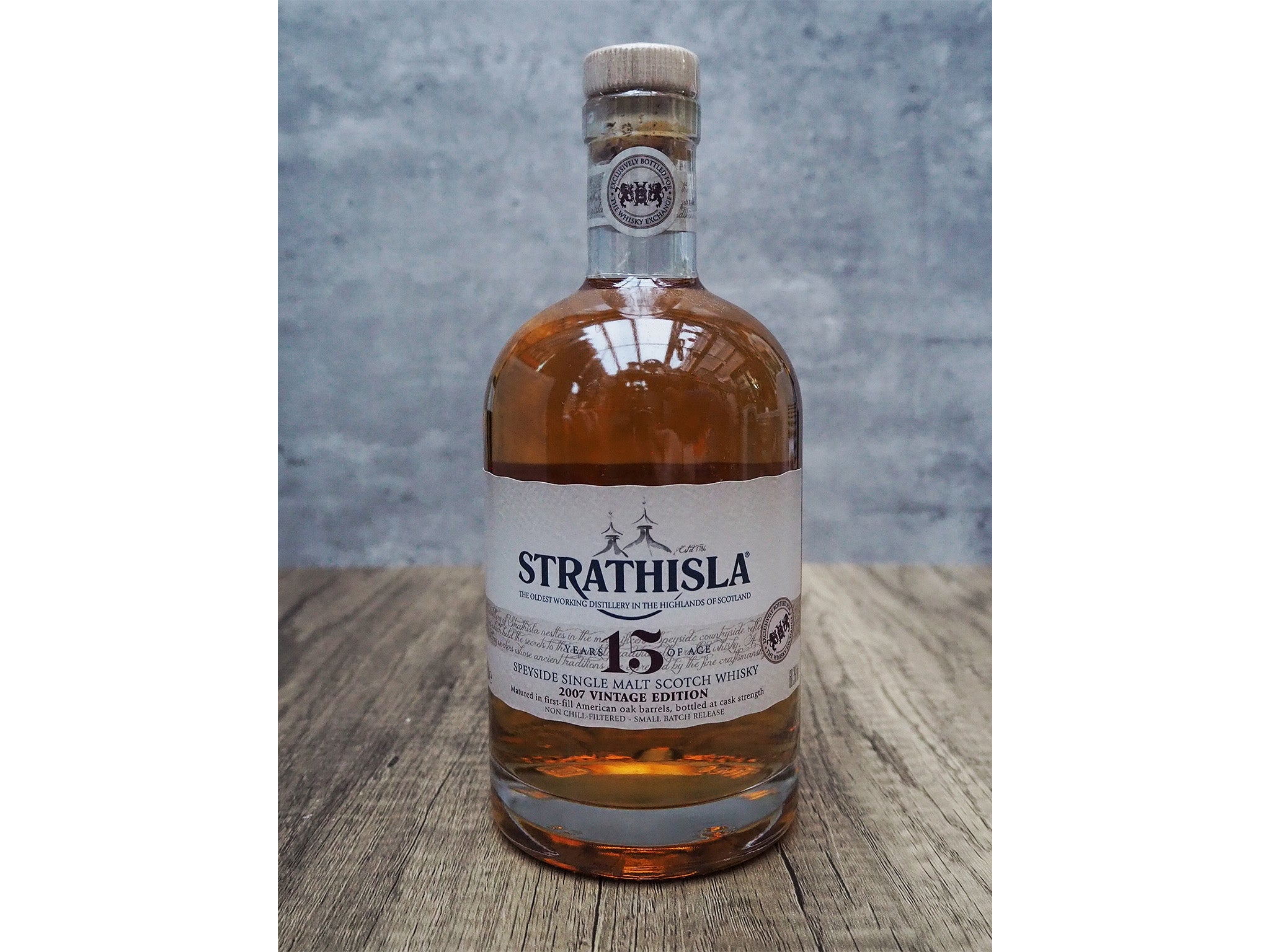
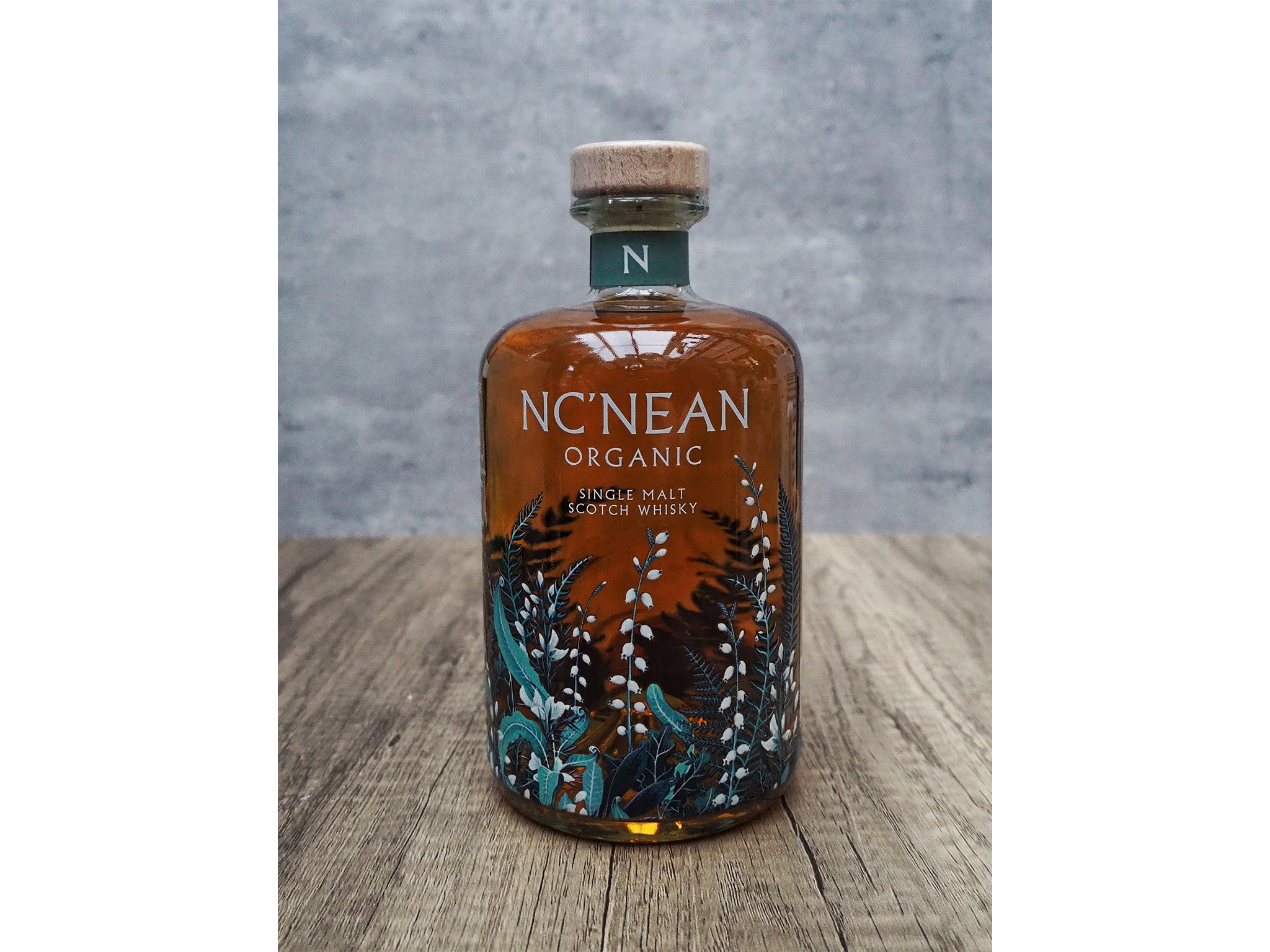
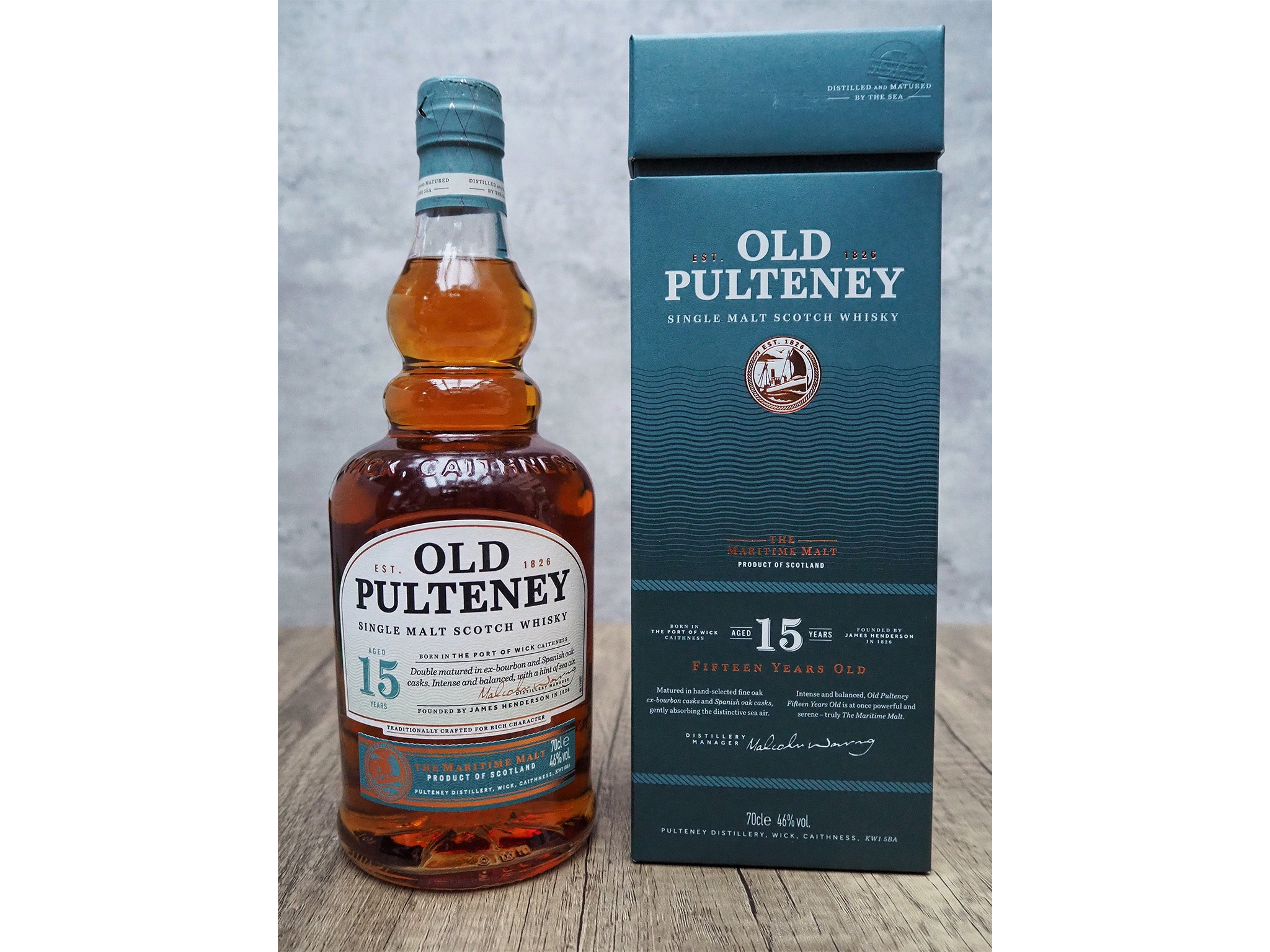 Best coastal single malt Scotch whiskyOld Pulteney 15-year-old single malt scotch whiskyRead review£75
Best coastal single malt Scotch whiskyOld Pulteney 15-year-old single malt scotch whiskyRead review£75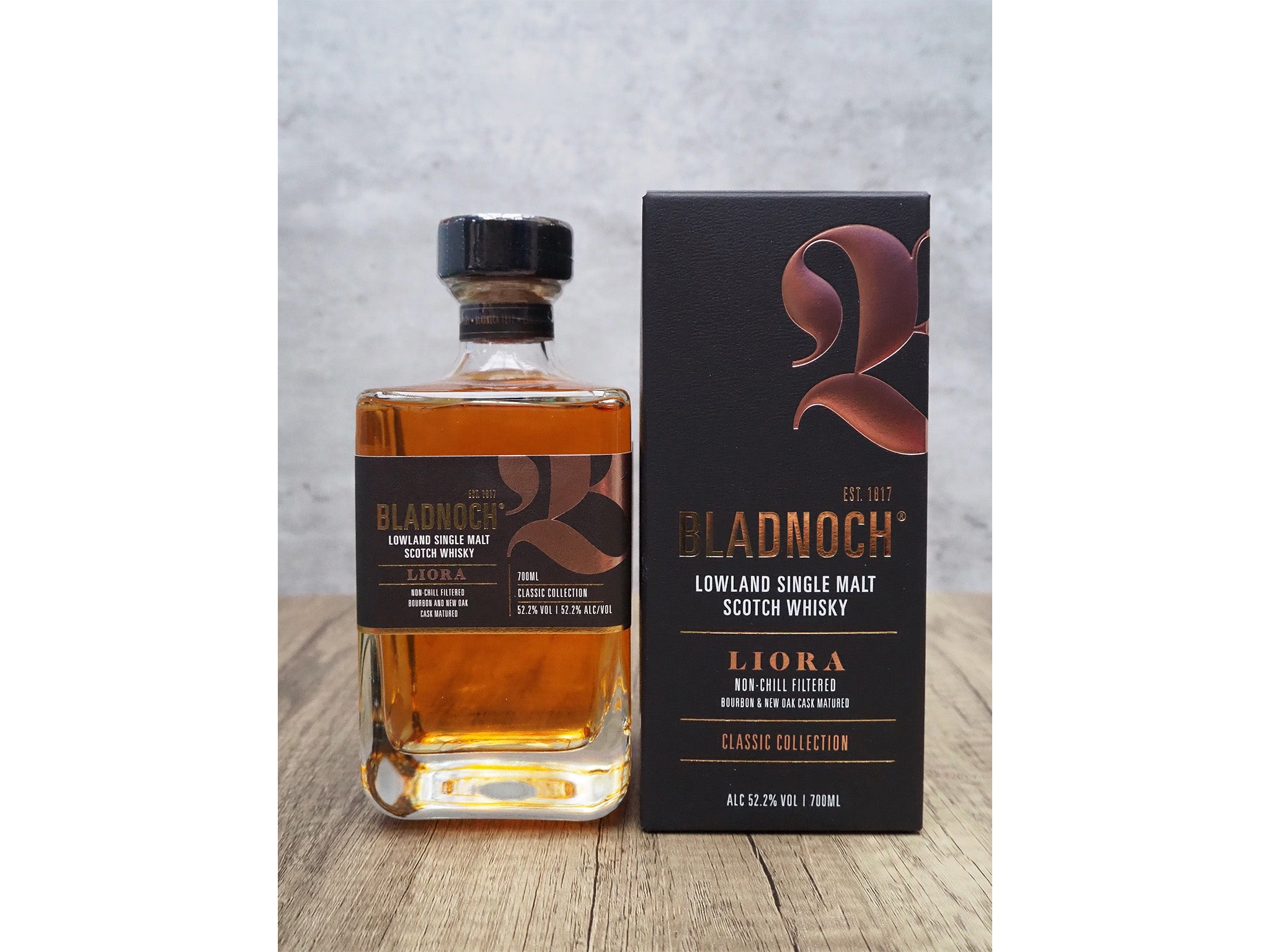
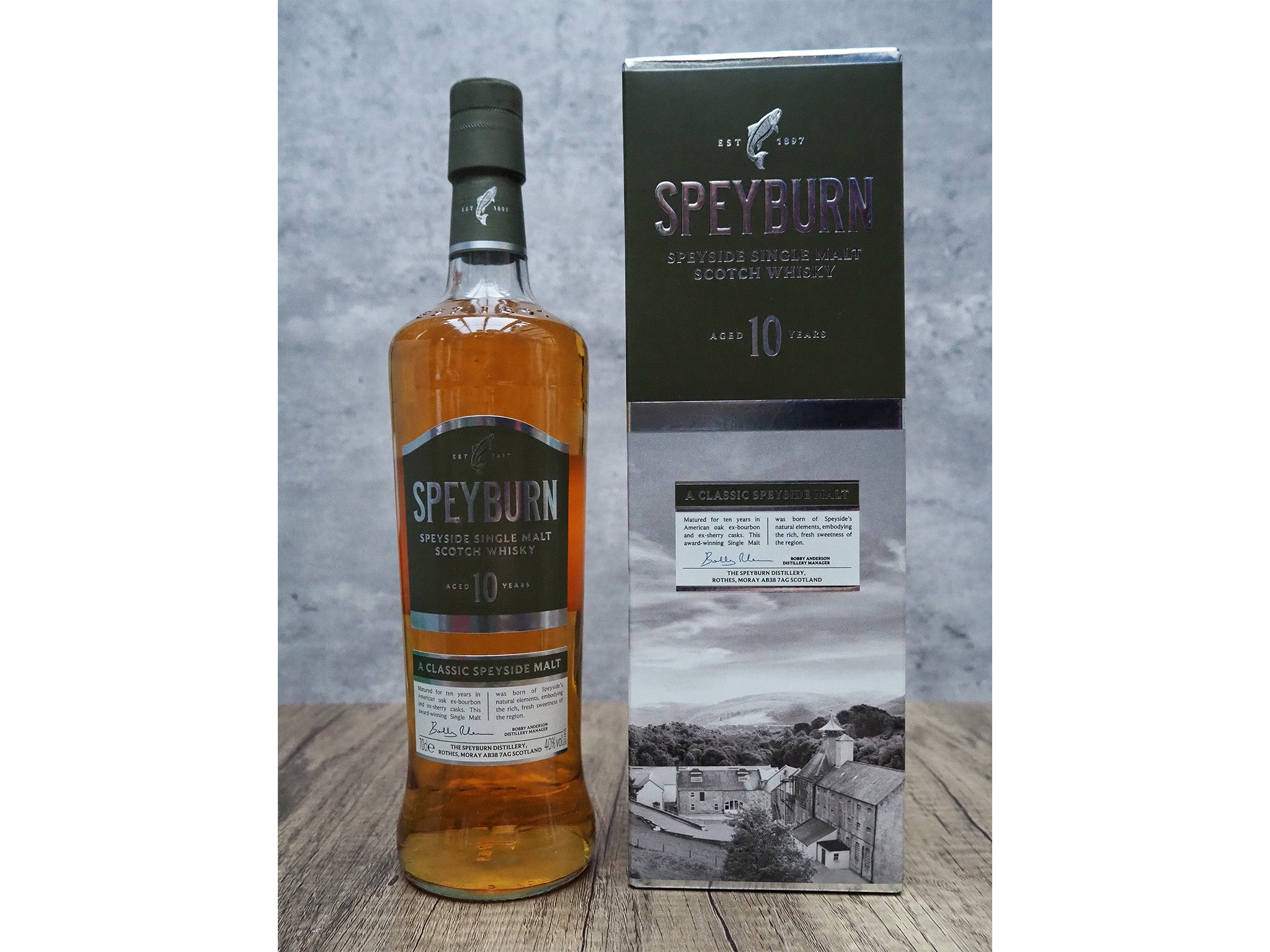 Best introduction to Speyside single malt Scotch whiskySpeyburn 10-year-old single malt scotch whiskyRead review£31
Best introduction to Speyside single malt Scotch whiskySpeyburn 10-year-old single malt scotch whiskyRead review£31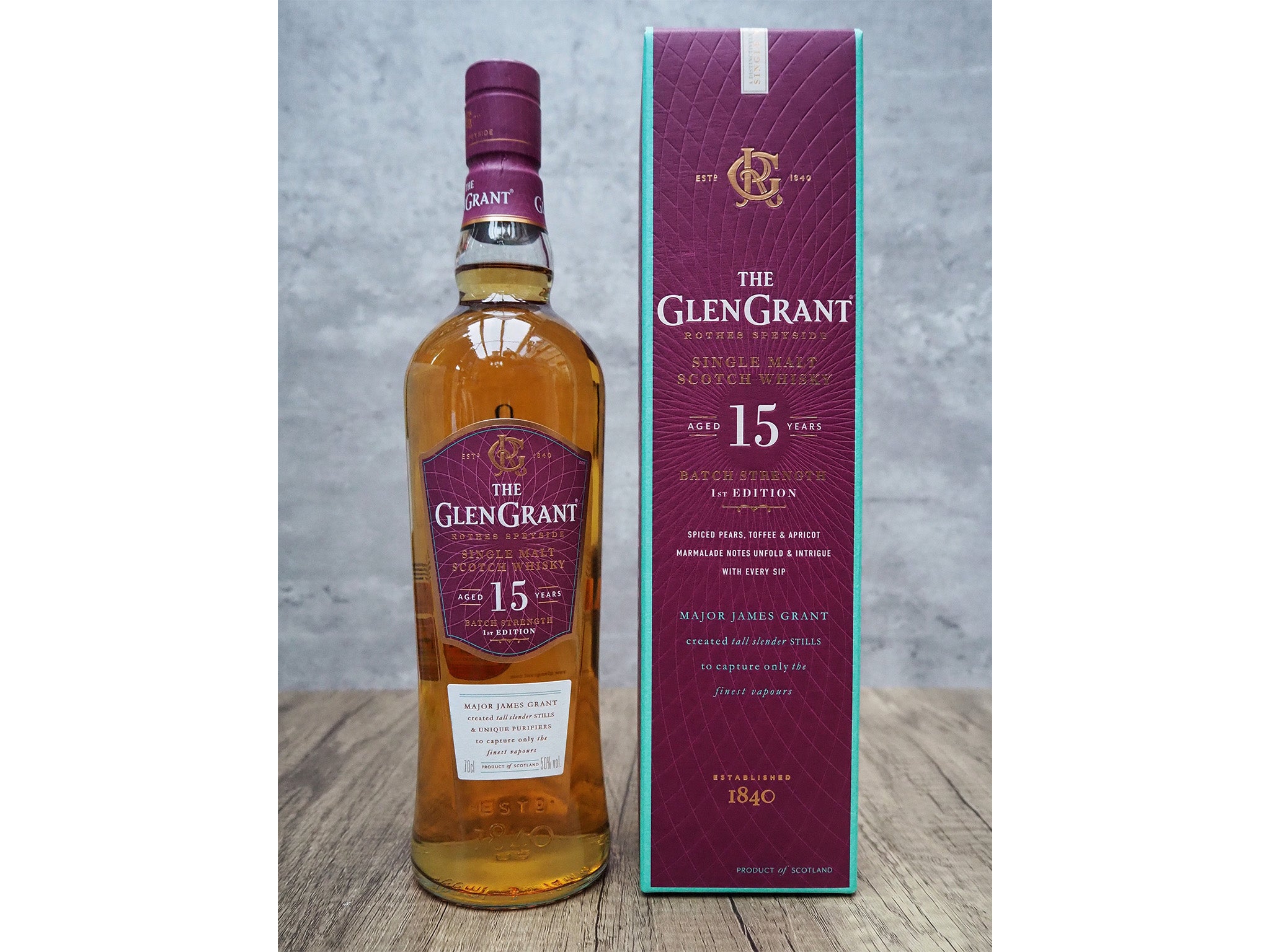 Best naturally fruity single malt Scotch whiskyThe Glen Grant 15-year-old batch-strength first editionRead review£65
Best naturally fruity single malt Scotch whiskyThe Glen Grant 15-year-old batch-strength first editionRead review£65
Scotland certainly takes its whisky production seriously – with around one distillery for every 40,000 inhabitants and more than 120 distilleries producing varying styles, the claim that it is the home of whisky is, indeed, a credible one.
While Caledonia’s most famous export can seem intimidating at first, with a good deal of specialist language used along with tastes that vary wildly by region, it’s also worth noting that Scotland produces some of the best whisky the world has to offer. From varieties with sweet honey notes to more smoky, peaty flavours, the discerning drinker has a lot of choice.
Since 1823, when the distilling of whisky was sanctioned in return for a £10 licence fee and set payment per gallon of spirit, which made production more affordable, Scotch whisky has become popular all over the world. Famous names such as James Buchanan, Johnnie Walker and James Chivas took whisky out of Scotland for the first time, introducing the spirit to the British empire, the US and far beyond.
Export markets built the foundation for scotch whisky’s success, with the spirit now heavily protected to ensure quality. By law, scotch whisky must be distilled and matured in Scotland, aged in oak casks for at least three years and bottled at a minimum alcohol strength of 40 per cent ABV. Different varieties are available, with single malt whisky and blended whisky being among the most popular.
To be considered single malt whisky, the spirit has to be produced by a single distillery, using a single malted grain – typically barley. Contrary to common belief, however, single malt whisky doesn’t have to come from a single barrel or batch. Instead, most are blends of various barrel-aged whiskies produced at one distillery. This allows distillers to produce whiskies with consistency, while single-batch or single-barrel whiskies are usually reserved as special releases.
In addition to whisky production styles, regional differences contribute to differences in taste, as does the use of peat to smoke the malt. From north to south, these are the best Scotch single malt whiskies to upgrade your home bar – they’re best sipped neat or with just a splash of water to open up the aromas and flavours.
How we tested Scottish single malt whiskies
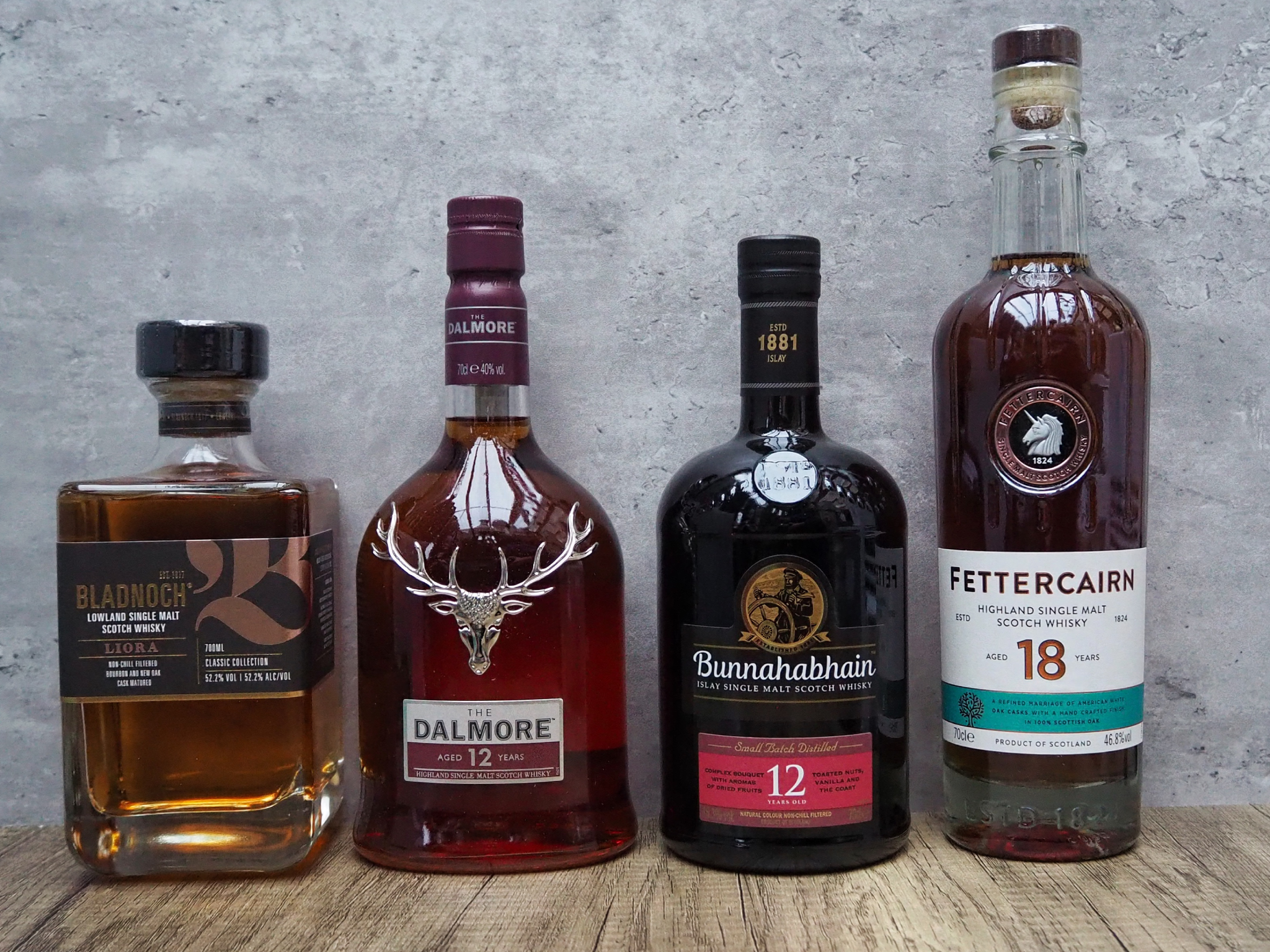
We provisionally tasted these Scottish single malt whiskies on their own, without ice, and from identical tasting glasses, using a blind-tasting method, to avoid any bias. Each featured in a round of two, which were ranked before we knew which glass contained which whisky. The best whisky in each “round” was then tasted again (also blind) to determine the overall best Scottish single malt whisky.
The best Scottish single malt whiskies for 2024 are:
- Best overall – The Dalmore 12-year-old single malt whisky: £59.90, Amazon.co.uk
- Best for whisky collectors – Fettercairn 18-year-old whisky: £154.95, Masterofmalt.com
- Best budget single malt Scotch – Bunnahabhain 12-year-old single malt whisky Islay: £40.00, Amazon.co.uk
- Best organic single malt Scotch whisky – Nc’nean organic single malt Scotch whisky: £51.94, Masterofmalt.com
The Dalmore 12-year-old single malt whisky

- Best: Overall
- Volume: 70cl
- ABV: 40 per cent
- Cask type: American white oak ex-bourbon and ex-oloroso sherry casks
- Why we love it
- Extremely rich
- Great for any occasion
For the past 180 years, The Dalmore has been reimagining what it takes to create exceptional single malt whisky. Specially selected rare casks from the world’s finest bodegas and wineries are prized, as they’re used to age the distillery’s whiskies. The Dalmore 12, for instance, is aged for the first nine years in American white oak ex-bourbon casks, before half is transferred to rare ex-oloroso sherry casks for the final three years.
The resulting whisky is extremely rich for a 12-year-old, with aromas of orange, roasted coffee, cereal, plum, chocolate and marzipan. Orange and coffee notes continue to develop on the palate, with Christmas cake richness and a suggestion of cinnamon, which continue on the lightly spicy finish with a thick mouthfeel.
An excellent all-round Highlands whisky that’s wise beyond its years, ideal for any occasion.
The Octave Caol Ila 2007 12-year-old whisky

- Best: Aged single malt Scotch whisky
- Volume: 70cl
- ABV: 53.2 per cent
- Cask types: Oak casks, followed by nine months in an octave cask
- Why we love it
- Sophisticated
For upwards of 40 years, the team at Duncan Taylor has experimented with the use of differing cask sizes for maturation, now specialising in Octave whiskies. A means of getting more flavour into younger whiskies, a second maturation in an octave cask (one-eighth the size of a normal barrel) refines the whisky even further, with the small cask allowing a faster melding of wood, air and alcohol compared with a large cask.
From Duncan Taylor’s The Octave premium range launched in 2019, The Octave Caol Ila 2007 has been aged for 12 years in oak casks, followed by nine months in an octave cask, with only 72 bottles in total. Rich, sweet sherry notes join red berries, toffee, faint seaweed, smoky citrus peel, vanilla, caramelised nut and pronounced salinity on the finish.
While Caol Ila doesn’t necessarily need octave casks to stand out, the additional ageing does expand the flavour profile, making it slightly more sophisticated, adding some maturity to the already well-balanced whisky.
You can sign up to be notified once it is back in stock.
Fettercairn 18-year-old whisky

- Best: For whisky collectors
- Volume: 70cl
- ABV: 46.8 per cent
- Cask type: American white oak cask
- Why we love it
- Unique and rich flavour profile
Renowned for its progressive approach to whisky production, Fettercairn’s distillery in the foothills of Scotland’s Cairngorms, halfway between Aberdeen and Perth, has launched its inaugural 18-year-old single malt. What’s more, it’s also the distillery’s first whisky finished in locally sourced Scottish oak. Due to be an annual release, the whisky is refined in American white oak casks, which have a hand-crafted finish in 100 per cent Scottish oak. This creates a unique style, ultimately celebrating what makes Fettercairn different.
Bottled at 48.6 per cent, Fettercairn’s 18-year-old is non-chill filtered with a natural complexion. On the nose, sweet notes of sugared almonds are joined by tropical sweetness of passionfruit and guava, plus some baking spices. On the palate, more exotic fruits come through alongside brioche and spice notes with soft berry hints. Soft spice and cacao dominate the finish, complete with a gentle whisper of vanilla.
An outstanding modern scotch single malt whisky with a remarkably rich flavour profile.
Bunnahabhain 12-year-old single malt whisky Islay

- Best: Bargain single malt Scotch
- Volume: 70cl
- ABV: 46.3 per cent
- Cask type: Ex-bourbon and ex-sherry casks
- Why we love it
- Natural colour
- Great balance of fruit and nut flavours
On the far north-east coast of Islay, the remote Bunnahabhain distillery has been in operation since 1881, and is known for its bold, unique, unpeated whisky.
First launched in 1979, the Bunnahabhain 12-year-old expression has endured for more than 40 years and set the benchmark for the rest of the distillery’s range, double matured in ex-bourbon and ex-sherry casks.
Non-chill filtered and natural in colour, the whisky has a fresh and aromatic nose, with floral aromas joining hints of dried fruit. On the palate, an alluring balance of light fruit and nut flavours is joined with sweet hints of vanilla and caramel, while the finish lingers with a full body and a whisper of sea salt. A remarkable, rich, accessible Islay whisky.
Strathisla 2007

- Best: Cask-strength single malt Scotch whisky
- Volume: 70cl
- ABV: 60.3 per cent
- Cask type: First-fill American oak
- Why we love it
- Fruity notes
One of the oldest continuously operating distilleries in Scotland, Strathisla was founded in 1786 as an alternative to the waning of the flax dressing industry. Today, the distillery is owned by Chivas Brothers, having become the operational heart of the company, with Strathisla whiskies used in various Chivas blends.
Matured in first-fill American oak for 15 years and bottled at cask strength, the Strathisla 2007 is packed with the distillery’s trademark fruitiness, harbouring notes of raspberry jam, sultanas, apple, candied orange peel, ripe pear, blueberries, blackcurrants and a hint of banana. Soft spice notes also prevail, alongside toffee and barley sugar sweetness, while spiced custard and shortbread notes dominate the finish.
Another bold, well-rounded, fruit-forward whisky from the classic Speyside distillery.
Nc’nean organic single malt scotch whisky

- Best: Organic single malt Scotch whisky
- Volume: 70cl
- ABV: 46 per cent
- Cask type: Red wine and American whiskey barrels
- Why we love it
- Made with slower fermentation
A newcomer to the scotch whisky scene, Nc’nean is an independent, organic distillery on Scotland’s west coast, and it strives to do things differently. As well as having an almost entirely female team, the distillery uses longer mashing times, slower fermentation and experiments with unusual yeasts in pursuit of new flavours.
What’s more, Nc’nean is also the UK’s first whisky distillery to achieve net zero emissions for its own operations (scope 1 and 2). It’s powered by 100 per cent renewable energy, certified organic, B Corp accredited and it’s even a B Corp “best for the world” brand.
As for the distillery’s organic single malt scotch whisky, bright lemon oil, fudge and nectarine are joined by grass, wine gums, candied pineapple and a hint of buttered toast on the nose, complete with lemon, peach, ginger, coconut and rich spice on the palate, which lingers on the medium finish with a faint menthol tingle.
Old Pulteney 15-year-old single malt scotch whisky

- Best: Coastal single malt Scotch whisky
- Volume: 70cl
- ABV: 46 per cent
- Cask type: Ex-bourbon and Spanish oak casks
- Why we love it
- Balanced and smooth
Hailing from Wick, in the very north of Scotland, Old Pulteney’s whiskies are all influenced by the distillery’s coastal location, with the sea air rolling onto the casks and leaving a distinct briny and salty taste.
One of the distillery’s four key expressions, the Old Pulteney 15-year-old single malt scotch whisky is the most balanced and smooth expression, showcasing two different sides of the flavour spectrum, both sweetness and spice. Rich chocolate, vanilla and citrus notes are joined by a gorgeous Christmas cake characteristic bursting with dried fruit, while background floral notes and Old Pulteney’s distinctive coastal notes bring a slightly refreshing side to this intense yet exquisitely balanced single malt.
Bladnoch liora

- Best: Distiller’s-strength single malt Scotch whisky
- Volume: 70cl
- ABV: 52.2 per cent
- Cask type: Bourbon and new oak casks
- Why we love it
- Made with pristine water
A recent addition to the 205-year-old Lowland distillery’s classic collection, Bladnoch Liora is the distillery’s first expression bottled at distiller’s strength (52.5 per cent ABV).
Named after the Hebrew for “the gift of light”, Liora is made with pristine water from the River Bladnoch and Scottish barley, aged in a mixture of bourbon and new oak casks. Embodying the delicate balance between the new oak’s intensity and the bourbon casks’ sweetness, the non-chill filtered whisky has toffee apple, caramel, pepper spice, fresh cut oak and floral notes, plus a long finish with slight warming dryness.
A worthy addition to the distillery’s classic collection alongside the likes of Alinta, Vinaya and Samsara.
Speyburn 10-year-old single malt scotch whisky

- Best: Introduction to Speyside single malt Scotch whisky
- Volume: 70cl
- ABV: 40 per cent
- Cask type: American oak ex-bourbon and ex-sherry casks
- Why we love it
- Accessible
- Excellent value for money
Scotland’s Speyside region is renowned for containing some of the cleanest and most mineral-rich water in the world. This was the main draw for Speyburn founder John Hopkins when deciding to build a distillery here more than 125 years ago. Built with authentic river stones from the bed of the fast-flowing River Spey, the distillery remains the only one to use pure water from the Granty Burn.
Speyburn’s flagship 10-year-old expression is a particularly accessible whisky that doesn’t scrimp on quality. It’s ideal as an introduction to Speyside whisky but also as an easy-drinking bottle for enthusiasts. Matured for a decade in a combination of American oak ex-bourbon and ex-sherry casks, Speyburn’s 10-year-old is deep, complex and well-balanced, with fresh fruit, toffee and butterscotch notes, complete with a long, smooth finish.
All in all, a single malt scotch whisky offering excellent value for money.
The Glen Grant 15-year-old batch-strength first edition

- Best: Naturally fruity single malt Scotch whisky
- Volume: 70cl
- ABV: 50 per cent
- Cask type: First-fill bourbon casks
- Why we love it
- Nutty and fruity finish
Nestled in Scotland’s bucolic Speyside region, The Glen Grant was the first distillery to use a purifier while distilling whisky, back in the 1880s. Together with tall, slender pot stills, these innovations guaranteed only the finest vapours would condense into the spirit. Fast-forward 140 years, and The Glen Grant still produces excellent single malt scotch whisky, with a range of expressions available.
A perfect mid-point, the distillery’s 15-year-old expression is crafted by master distiller Dennis Malcolm, bottled at 50 per cent ABV batch strength. The result is a profound whisky showcasing The Glen Grant’s signature style. Rich spiced pear, apricot and vanilla all dance on the palate, accompanied by a nutty, lightly fruity finish.
Scottish single malt whisky FAQs
The origins of Scotch whisky
Scotch whisky can be traced back to 15th-century tax records, with Friar John Cor having used malted barley to produce around 1,500 bottles of potent spirit. The increasing popularity of scotch whisky soon attracted the attention of the Scottish Parliament, looking to profit from the industry, and in 1644 taxes on scotch were introduced, sparking a huge increase in illicit whisky distilling. Smuggling became standard practice and, by the 1820s, as many as 14,000 illicit stills were being confiscated each year.
It wasn’t until 1823 that the Excise Act was passed, which sanctioned the distilling of whisky in return for a £10 licence fee and set payment per gallon of spirit, ultimately making whisky production more affordable. Since then, scotch whisky has become popular all over the world.
How do regional differences contribute to taste?
In addition to whisky production styles, regional differences also contribute to differences in taste, as does the use of peat to smoke the malt. The Highlands is Scotland’s largest whisky-producing region, with sweet and rich single malt whiskies common in the north; lighter, fruity whiskies in the south and east; and full-bodied peaty whiskies from the Western Highlands, with the coast having a significant influence.
Elsewhere, Speyside is known for its sweet single malt whisky with little to no peat presence; Lowlands whiskies are generally light and gentle without peatiness; Campbeltown whisky is known for its dryness; Islay is celebrated for its bold, peaty single malts; and the Islands are known to produce varying styles defined by geographical location.
The verdict: Scotch single malt whisky
The Dalmore 12-year-old is a stunning single malt scotch whisky with profound richness, wise beyond its years. Most importantly, in this instance, the whisky is also accessible in terms of both price and taste – it’s not a bold, heavily peated scotch, nor is it a light whisky with less depth than purists may expect. If you’re looking to splash out on something a little different, however, The Octave Caol Ila 2007 is another exceptionally well-aged option that’s well worth trying, with some interesting tasting notes and a well-balanced flavour profile.
Read our round-up of the best vermouths and Aldi’s new whisky range – to introduce to your home bar
Voucher Codes







